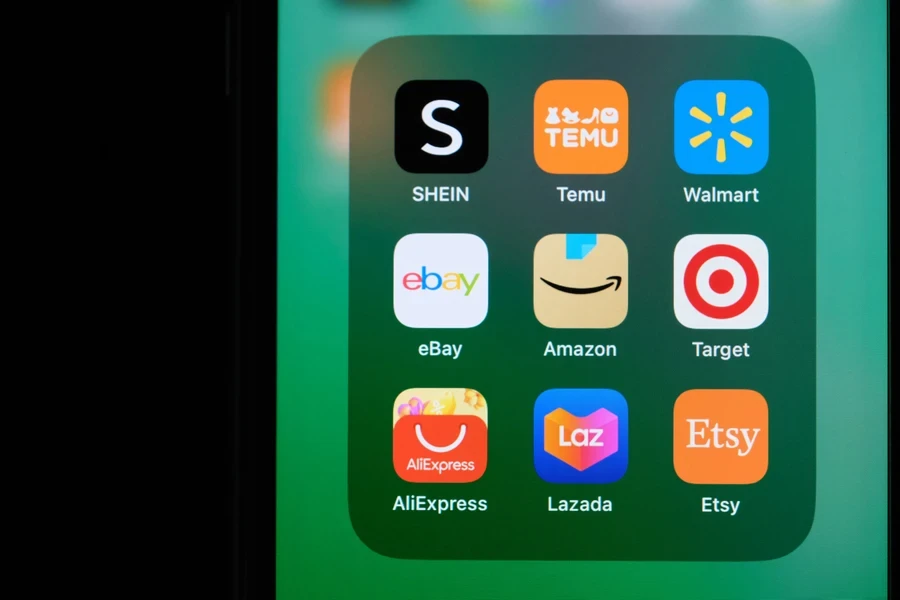Anyone who has shopped online recently has probably stumbled across Temu. It’s everywhere, thanks to the platform’s huge marketing budget. Maybe users were scrolling social media and saw an ad promising headphones for the price of a coffee—or even less. Curious, they clicked and found an entire catalog of products that seemed impossibly cheap: kitchen gadgets, trendy clothes, and electronics, all priced as if they belonged in a clearance bin.
At this point, they might have asked, “What’s the catch? Why is Temu so cheap?” But when you dig deeper, you’ll realize Temu is not a fluke but a calculated, almost genius business model.
This article will explore Temu’s story, breaking it down to see why the platform offers rock-bottom prices without going bankrupt.
Table of Contents
Temu’s origin story: How it’s so cheap
Why China is Temu’s secret weapon
Temu’s pricing magic: How they win customers at any cost
Other reasons why Temu is so cheap
1. It’s all in the data
2. Shipping on a shoestring budget
The hidden costs of cheap goods
Rounding up
Temu’s origin story: How it’s so cheap

Temu wasn’t built from scratch. It’s the international brainchild of PDD Holdings (making it Temu’s parent company), the same company that runs Pinduoduo, a wildly popular e-commerce platform in China. Haven’t heard of Pinduoduo? Here’s a quick description: it’s like Amazon, but on steroids—and deeply affordable steroids at that.
Pinduoduo became a household name by connecting buyers directly with manufacturers. Instead of traditional retail markups, it slashed costs by skipping wholesalers and distributors. Temu does the same thing but for the global market (especially the United States).
Imagine a massive pipeline of Chinese factories producing everything from phone cases to air fryers, with Temu stepping in to ship those products straight to a buyer’s doorstep without online retailers. It’s efficiency at its peak, which is why prices are so low.
Why China is Temu’s secret weapon

Temu’s foundation is built on the shoulders of China’s unmatched manufacturing ecosystem. If buyers have ever ordered something “Made in China” and marveled at how it got to them for less than the cost of a coffee, they’ve already seen this system in action.
Chinese factories aren’t just efficient. They’re fast, adaptable, and dirt cheap. They can pivot production to meet the latest TikTok trend before it dies. Temu taps into this network, ordering products in bulk and shipping them directly to buyers. There’s no middleman inflating prices, no fancy packaging adding unnecessary costs. Just factories, Temu, and the user’s mailbox.
Yes, this setup means consumers might wait longer for their order to arrive. But when they’re paying US$ 2 for a gadget that (usually) works, are they likely to complain? Temu is betting they’re not.
Temu’s pricing magic: How they win customers at any cost

Temu has had one goal for years: to attract as much attention as possible regardless of the cost. The platform is not looking for quick wins. It’s playing the long game by using a “loss-leading strategy.” While that sounds bad for business, it’s how Temu prices items so cheaply that they lose money on some sales.
The goal is not to make profits (for now) but to grab attention, earn loyalty, and dominate the market before competitors even get the idea or figure out what’s going on. The best part is that this strategy is nothing new.
Costco used it with their legendary US$ 1.50 hot dog combo (although it’s now a public service). But that’s where the similarity ends between Costco and Temu. Remember that Costco relied on its high-margin products to make up the losses for the hot dog combo.
Meanwhile, Temu works with razor-thin margins without safety nets. They’re betting that users will come back for more once Temu hooks them. And this strategy looks like it’s working.
Other reasons why Temu is so cheap

1. It’s all in the data
Temu doesn’t just guess what customers want. it knows. Every time they scroll, click, or buy, users feed its algorithms more information about their preferences. And this part is where things get spooky-smart.
Temu uses its massive data pool to determine what’s trending and which products will sell, like hot cakes. They don’t overstock warehouses with random inventory; they stock the right inventory. This precision saves money, reduces waste, and keeps prices ridiculously low.
They’ve also gamified the shopping experience. Ever noticed those “spin the wheel” games or limited-time deals? They’re designed to keep users engaged and coming back. It’s part data science, part psychology, and 100% effective.
2. Shipping on a shoestring budget
One of Temu’s most surprising feats is its ability to ship products worldwide for next to nothing. How? Through international postal agreements like the Universal Postal Union (UPU). This arrangement gives countries like China discounted rates to ship small packages globally.
For Temu, they can afford to sell anyone a US$ 1 phone case and ship it to their door without charging a fortune for shipping. Sure, it might take a few weeks, but who’s complaining when the total cost is less than their morning bagel?
The hidden costs of cheap goods

Of course, there’s a darker side to Temu’s business model. Environmentalists quickly point out that ultra-cheap goods often have a hefty carbon footprint. After all, producing and shipping millions of low-cost items can create a lot of waste. Plus, product quality may also be on the bad side. And then there’s the question of labor: how can these goods be so cheap without someone, somewhere, paying the price?
For now, these concerns aren’t slowing Temu down. However, as consumers become more conscious of sustainability and ethical sourcing, Temu might need to rethink its strategy or risk losing its luster.
Rounding up
Ultimately, Temu’s success and competitive prices is due to a perfect storm of factors: a powerhouse supply chain, clever pricing, and a willingness to prioritize growth over profit. It’s not just another e-commerce platform—it’s a lesson in reinventing traditional retail.
Sure, Temu’s model has flaws, but it’s riding high on the wave of its marketing for now. Whether it’s a fleeting phenomenon or the future of shopping remains to be seen. But one thing’s for sure: Temu has earned its spot in the e-commerce spotlight, and it’s not stepping down anytime soon.



